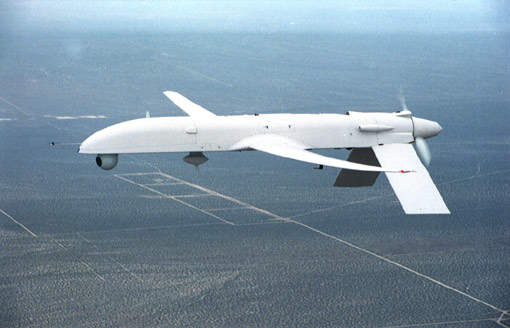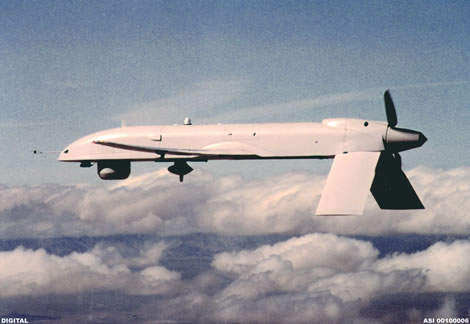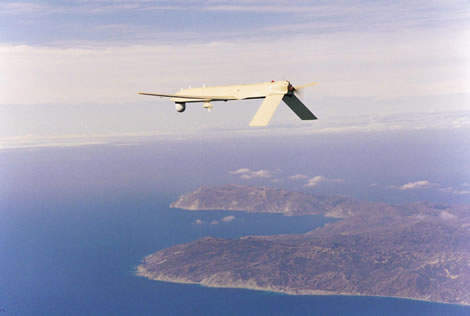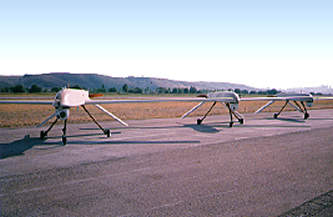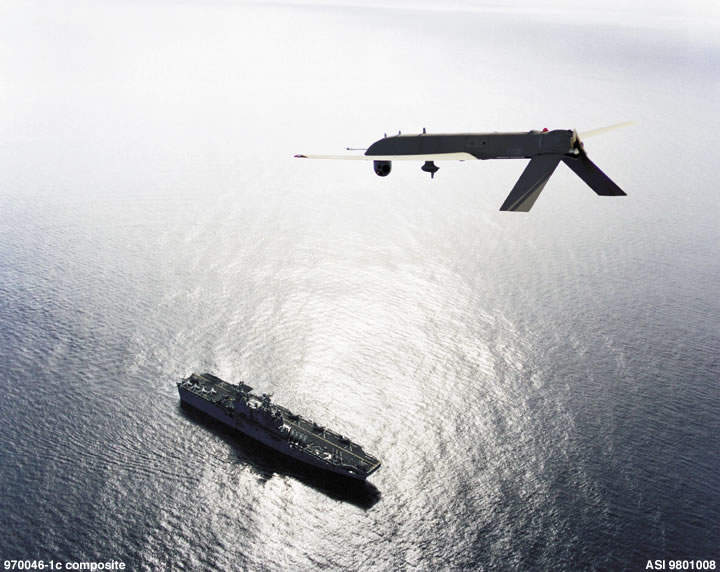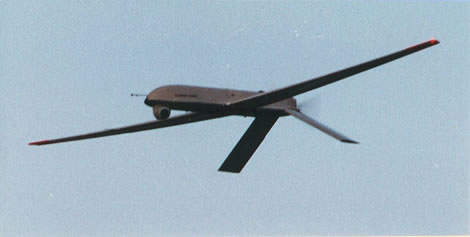In March 2003, the US Army awarded General Atomics Aeronautical Systems Inc. (GA-ASI), in San Diego, California, a contract covering three IGNAT-ER long-range unmanned air vehicles, a modular ground control station, portable ground data terminals and ground support equipment.
The contract was originally placed to provide the US Army with a UAV system to support the development of its UAV concept of operations for the objective force unit of employment and the unit of action force structure.
An urgent operational requirement emerged resulting in an accelerated manufacturing, testing and delivery schedule. The first air vehicle trial was successfully completed in March 2004.
The US Army’s IGNAT-ER extended-range unmanned air vehicle was deployed in Iraq from spring 2004 with an operational tempo of 20 hours a day, every day, on reconnaissance and surveillance missions. The system has successfully achieved a sustained full mission capability rate of 95%.
A contract for two more systems was placed in February 2005 and the three systems have completed over 850 combat missions. In April 2008, two IGNAT-ER air vehicles completed 10,000 flight hours each, in support of Operation Iraqi Freedom.
The system has a maximum endurance of 40 hours at an altitude of 8,000m. The real-time line-of-sight communications range, without deploying a relay, is 250km.
IGNAT-ER long endurance UAV system
The IGNAT-ER system consists of a ground control station and up to eight air vehicles. The ten-person crew includes the air vehicle operators, the sensors and communications operators and maintenance technicians. The air vehicles carry a range of surveillance payloads including synthetic aperture radar.
The air vehicle can be launched from an 800m hard surface run and landed under pilot control with a 320m landing run. Automatic landing is in development and allows the aircraft to be preprogrammed to land at an optimum descent rate and to a designated landing point. The automatic landing system uses a differential global positioning system.
IGNAT-ER air vehicle
The air vehicle is of low-wing monoplane design with an inverted V-shaped tail, a rear-mounted engine and retractable tricycle-type landing gear. The structure is of high-strength carbon and epoxy composites. The landing gear includes a steerable nosewheel and differential anti-skid breaks on the main wheels.
The air vehicle is fitted with a vertical gyroscope and global positioning system or an integrated inertial navigation and global positioning system, and radio and data links. The range for line of sight, real-time communications without a relay station is 250km. The airborne dual redundant power supply is rated at 4.8kW.
Payloads
The air vehicles can carry custom and off-the-shelf payloads for surveillance, reconnaissance, electronic warfare, voice and data communications relays, air-to-air data relays, nuclear, biological and chemical warfare detection and warning systems. The air vehicle can also be fitted for air delivery of equipment or supplies.
For reconnaissance missions the air vehicle is fitted with an Electro-Optical and Infrared (EO/IR) payload that provides streaming video to the GCS. Surveillance payloads include radar, forward-looking infrared, television and low-light-level television surveillance cameras.
The forward payload bay can carry up to 204kg. Each wing is fitted with one hardpoint with a payload capacity of 65kg.
The vehicle provides a 28V DC, 135A power for the payloads and the payloads are connected through a RS-422 serial bus.
Lynx synthetic aperture radar
IGNAT can be fitted with the General Atomics AN/APY-8 Lynx synthetic aperture radar installed in a 48cm diameter undernose radome. Lynx uses a Mercury Computer Power processor, a 320W travelling wave tube, a gimbal-mounted dish antenna, a Northrop Grumman Litton LN-200 inertial navigation system and an Interstate Electronics P-code global positioning system.
Lynx operates at 16.7GHz in stripmap, spotlight and ground moving target indicator modes. A 30:1 electronic zoom generates spot mode images with a resolution from 10cm to 3m. The radar operates at speeds up to 250km/h. Using a 3m resolution the radar range is 87km in strip mode and 39km in spotlight mode. Using a 30cm resolution, the radar range is 54km in strip mat mode and 28km in spot mode.
Engine
The rear-mounted Rotax 914 turbo engine has a flat four (four horizontal pistons) configuration and is rated at 78.3kW. The engine is air and liquid cooled. The vehicle carries 280kg of fuel. The 1.52m-diameter propeller is a two-bladed fixed or variable pitch propeller. The on-board power supply allows in-flight engine restarting.
Ground control station
The digital ground control station is installed in an S-280 shelter. The control station is equipped with a C-band datalink to interface to the digital flight control on the air vehicle, a moving map display, a head-up display and two head-down displays with high-resolution LCD monitors.
Mission planning with more than 200 waypoints and a library of pre-programmed loiter patterns allows the system to complete autonomous flight missions.

